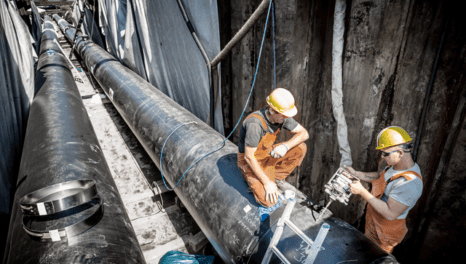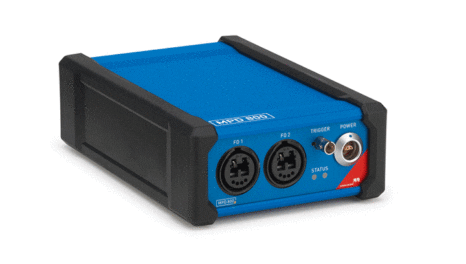BEAMA report calls for changes to electrification approach
Electrification needs market integration and collaboration at a regional level, according to a report by BEAMA.
7th December 2017 by Networks

The trade association has launched a report that calls for a coordinated business to business approach to be taken towards developing the flexible energy system required for electrification.
Electrification by Design acknowledges that there are many useful policy mechanisms already available, but a lack of linked relationships or delivery mechanisms is working against the Climate Change Committee’s direction of travel for the electrification of heat and transport. The report boils electrification down to six market design imperatives:
1. Electrification is a national need, but optimised, flexible energy systems will be delivered by regions and zones empowered to identify the most appropriate paths.
2. Integrated and innovative finance packages are essential for market transformation.
3. The supply chain must have sufficient capacity to promote sustainable growth.
4. Consumers need confidence that services, systems and devices form part of a structured consumer journey. We need to navigate a critical path to electrification and decarbonisation.
5. Demand Side Response needs concurrent and planned development of regulation, technology and markets.
6. New and innovative ways of purchasing and providing energy services will emerge.
The report was launched at this week’s Low Carbon Network Inovation Conference, with BEAMA deputy CEO Kelly Butler (pictured) commenting: “Electrification by Design has many common themes to those presented in the recently published Clean Growth and Industrial Strategies. However, we first published our thoughts on ‘zone’ approaches back in 2013, because we understood then that markets will need to build around levels of ambition that will galvanize the supply chain to invest in network infrastructure, skills capacity building and co-ordinated propositions to the customer. Now, four years later, we still recognise that innovation is required in the market models we use to build a market for electrification, and this is best delivered by energy service providers at a regional level, building consumer propositions around collaborative business to business relationships.”
The report calls for more ambitious building regulations to ensure readiness for an electric future, better design of financial incentives such as ECO and the RHI that can work together to support whole building solutions, and the creation of suitable regional structures to set targeted ambitions for the electrification of the energy system.
There are plans for more reports in 2018 with Butler adding: “Electrification by Design is a summary of a more detailed and complex set of micro reports covering a range of topics including DSR, network charging, finance, heat and storage. We will be releasing these throughout the first half of 2018.”
Comments
Login on register to comment
Related content

Heat
Electric storage heating – a Cinderella solution
Why has electric storage heating been overlooked as we seek to tackle decarbonising domestic heat?

Heat
Prospects bright for landmark East London Heat Network
New Vattenfall-Cory partnership marks step towards record-breaking heat network capable of serving over 10,000 homes

Heat
New construction director at Switch2 Energy
Appointee brings experience from Vattenfall and Eon
Related supplier content

Power
Load patterns and lockdown: how Covid-19 is impacting electricity networks
Insights into dynamics on the low voltage network as the outbreak unfolds

Downloads
Protect electrical equipment from insulation failure
Insulation faults are a major cause leading to the eventual failure of electrical equipment. Partial discharge (PD) is a very reliable indicator of developing insulation faults. Regular PD testing allows users to detect and analyze PD activity

Heat
How E.ON. is helping the City of London become a zero emissions city
Discover Citigen. Deep in the heart of our bustling capital